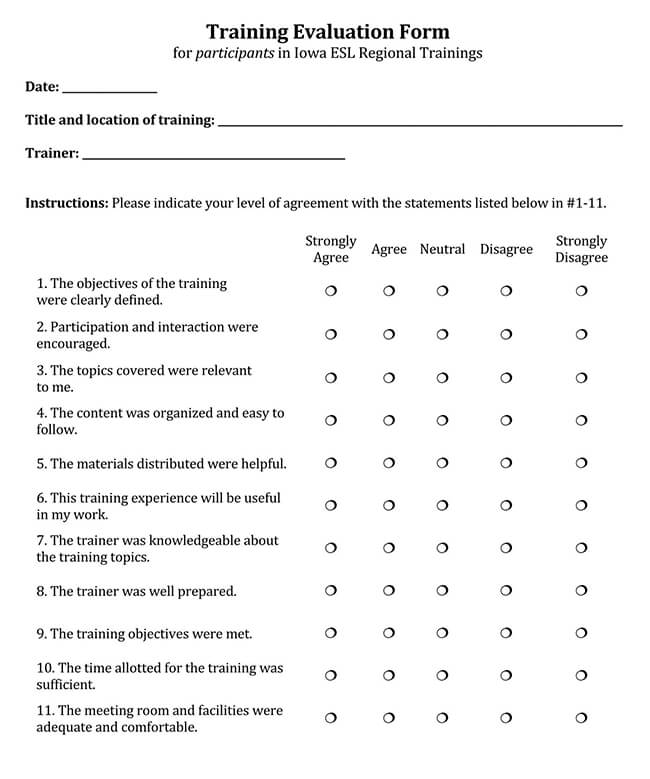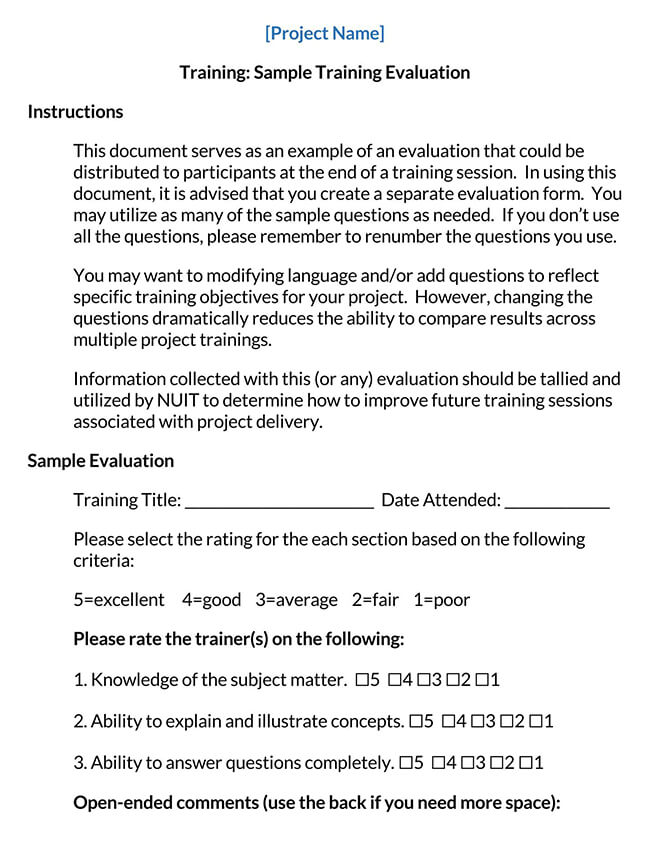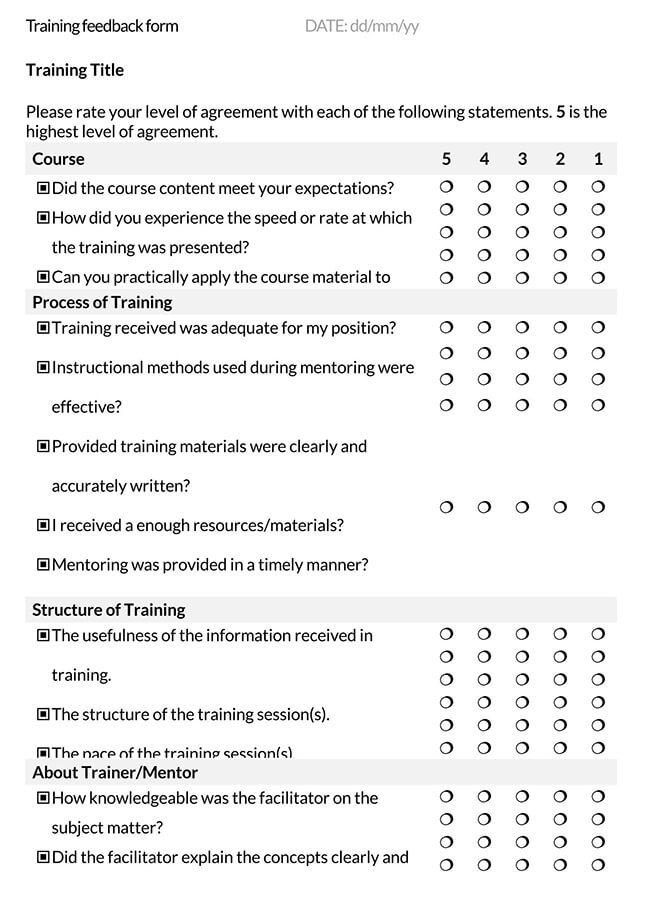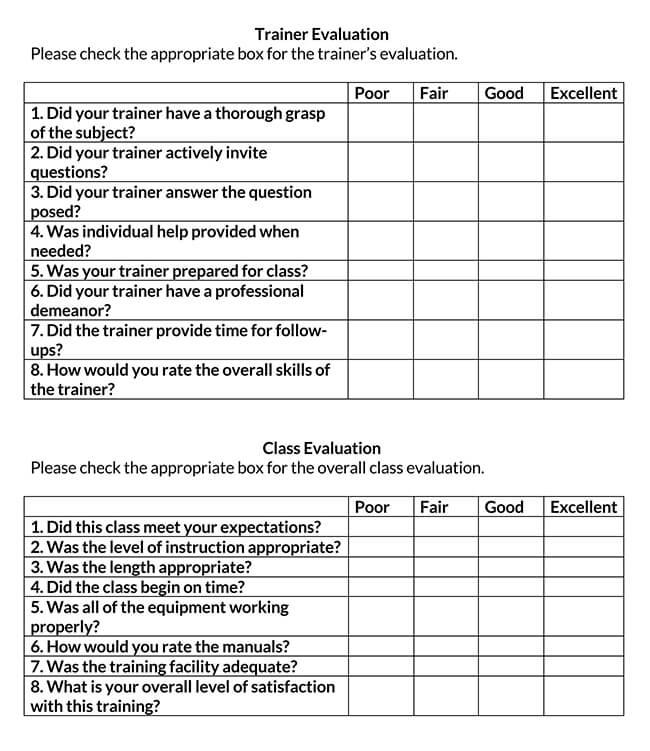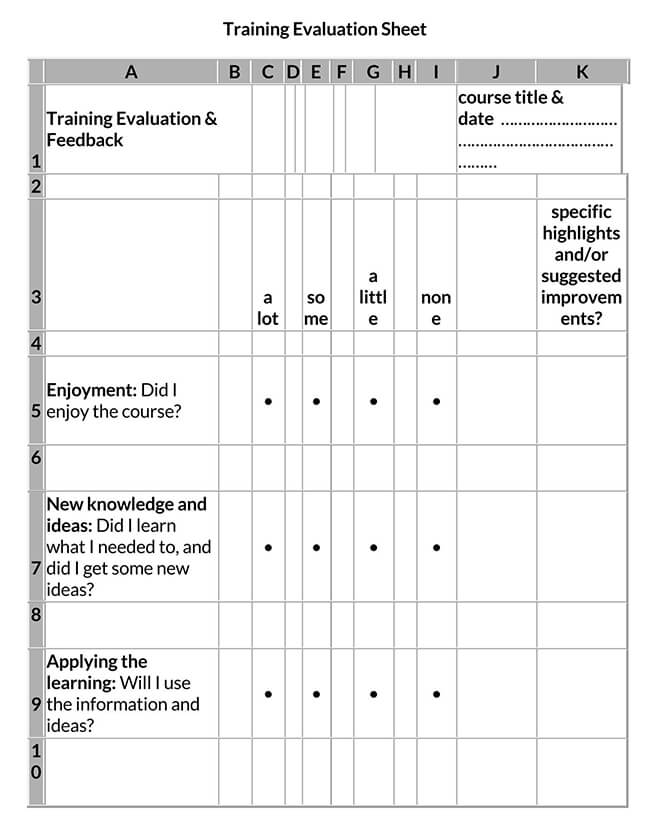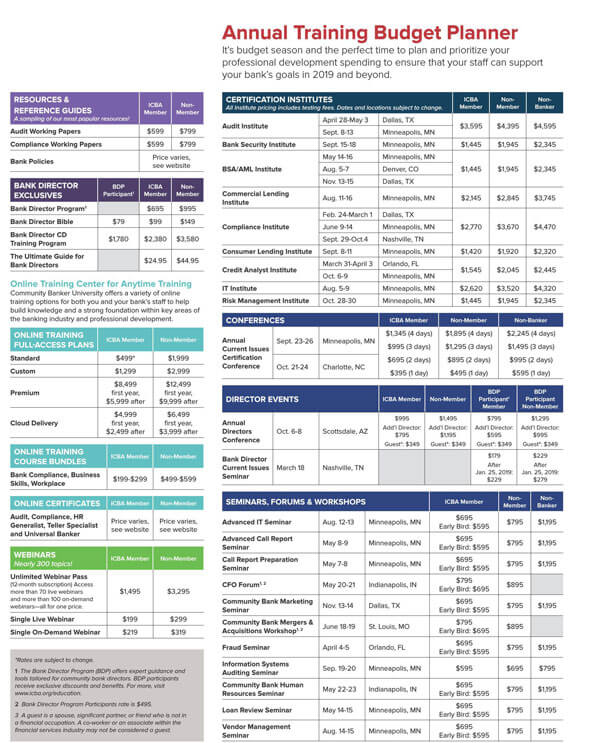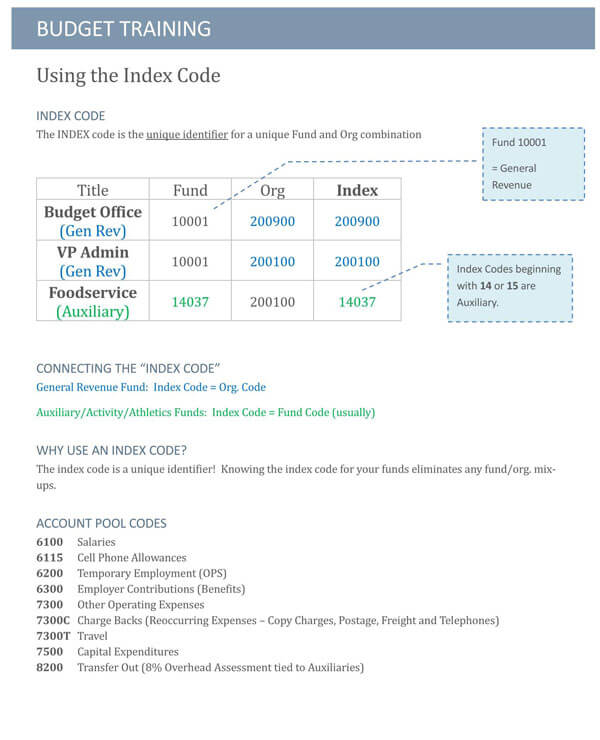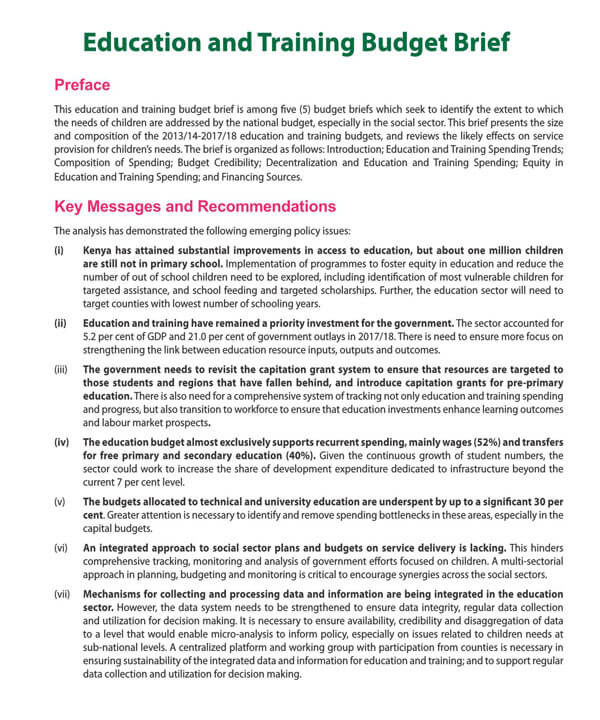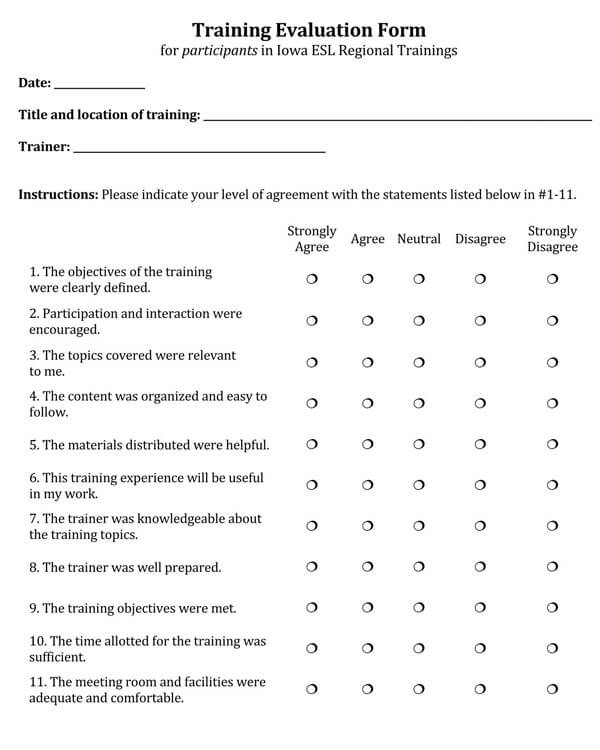Training evaluation can be defined as an activity that provides complete feedback regarding the benefits of a training program carried out on employees by their employer. The appraisal can be conducted on employees, their trainers, and their immediate bosses. This can be done beforehand, during the actual activity, or upon its completion.
It is also referred to as a training appraisal, training review, or training assessment. The activity essentially endeavors to get applicable information about the results of a just-concluded training program.
Benefits of Assessing Training and Development
There are several advantages of carrying out this important activity. Some of them are explained below:
Accountability
Training assessment encourages greater accountability by ascertaining that all programs adhere to competency gaps. Additionally, it ensures that there is absolutely no concession on training deliverables.
Transparent reactions
Reviewing training programs plays an important role in making sure that a trainer obtains good feedback from participants. Given that the activity evaluates participants at their respective workstations, it becomes easy to understand any ambiguities of the activity. Consequently, appropriate changes in techniques can be made.
Cost efficiency
Training assessment makes sure that the important activity makes the general system more cost-efficient by enhancing the quality of work and acquisition of new skills within budgetary constraints.
You can find exceptional training evaluation samples on this site.
Training Evaluation Methods
There are three main techniques for assessing training programs. They are listed below alongside brief explanations:
Kirkpatrick taxonomy model
This is a method that provides a complete multi-level strategy to establish how effective a training plan is. The four levels applied are; reaction, learning, behavioral patterns, and results.The evaluation technique was developed by Mr. Don Kirkpatrick.
Philips return-on-investment model
With regard to approach, the Philips ROI model is quite similar to the evaluation method described above. However, it comprises an additional step, which entails reviewing the activity’s Return on Investment. This is done by determining the disparity between associated costs of training and outcomes of that activity.
CIRO model
CIRO is an acronym for context, input, reaction, and output. The method assesses the effectiveness (or lack thereof) of management training plans. The main focal point of this model is on measurements obtained prior to the activity and upon its completion as well.
How to Carry Out a Decisive Evaluation?
It is possible to conduct a good training appraisal using the four-pronged approach described hereunder:
Start by selecting the most suitable evaluation technique:
It is important to take note of the fact that there are several training assessment methods. Remember that each method is only suitable for a particular area. Therefore, the first important step is to select a technique that will fulfill your needs in the best way possible. As earlier mentioned, the most popular techniques applied are; Kirkpatrick’s Taxonomy Model, Philip’s Return-On-Investment strategy, and the CIRO model.
Next, you should determine the most suitable indicators of effectiveness:
In order to assess training programs, implementers should first decide what the pointers of effectiveness would be. Their greatest concern should be the sense in which that program would be considered a great success.
Examples of suitable indicators of effectiveness include; acquisition of new skills, financial outcome, learning experience, and cultural results, among others.
Furthermore, select the right appraisal method and commence the process of collecting data. Once the primary objective, determinants, and strategies of training assessment have been identified, implementers should settle on the best method as well as tools for gathering required information related to that program.
Conclude the process by carrying out analysis on collected data:
The last step must involve proper analysis of data that has been gathered. Outcomes must also be reported to implementers of that training program. The final report can play an important role in enabling future enhancements with regard to how that organization implements training programs.
Browse this website to find outstanding training evaluation samples.
Five Elements to Include In a Post-Training Evaluation Questionnaire
When preparing a questionnaire that would be used upon completion of the training appraisal, it is advisable to incorporate the following aspects:
Effectiveness
It is important to find out if the training evaluation had any positive effects on participants, and they are best placed to provide this vital information.
Comprehension
Questions posed in those documents should be easily explicable by prospective participants. This will help come up with valuable and accurate information.
Attractiveness
The questions asked in that document should be appealing to people who are supposed to provide answers. This will make them eager to participate.
Engagement
Questions should be posted in such a way that respondents would be enticed to actively take part in the important activity.
Suggestions
Ideally, the questionnaire should be made up of open-ended questions. This will encourage participants to provide adequate information.
Classifications of Training Assessment
As the CEO of an organization, there are many options that you can use to appraise the positive outcomes of a training plan. By making use of a variety of appraisal techniques, it would be easy to determine areas of improvement and integrity of the whole program as well.
Training assessments are classified into different groups. For instance, there are questionnaires meant for follow-ups. You can pose questions with regard to how the training plan applies and allow participants to provide open-ended answers.
Program assignments: This is also a category of training needs. Ideally, this technique should be used for programs that run for only a few days or weeks. They can help determine improvements (if any) in certain skills.
You won’t have a successful training assessment without action plans It is important to develop clear plans of action upon completion of the activity and implementation of performance appraisal as well.
This will help define measures that can be taken to attain set goals. Performance contracts all form a category of training assessment. Performance contracts should be signed before the commencement of the training program. This will help come up with agreeable terms and conditions by both parties.
Performance monitoring: Performance monitoring is a category of training assessment that seeks to find the results of training. Outcomes of the activity should be in compliance with the set key performance indicators (KPIs).
Do’s and Don’ts
The following are things that ought to be done when conducting an assessment: When carrying out a training evaluation, there are things you can do and those you should avoid. To start with, let’s focus on those you can do;
Consistency when doing a training evaluation is a must. Offer consistent training- evaluation should be carried out periodically since the environment that surrounds participants is constantly changing. In addition, you should make use of technology.
We live in an age of technological revolution wherein products, services, and ideas are constantly evolving. It is therefore important to remain abreast with the latest technological trends. You should also set goals for individuals and for the whole organization as well- everyone must know the right direction to take and what needs to be achieved in the short term and long term as well.
Contrary to that, there are a few things you should avoid when carrying out training appraisal;
First, do not set a bad example. As the CEO of an organization, it is very important to lead from the frontline. Your employees will adopt most of the habits that they see from you. For this reason, you must be a good role model.
You should also avoid postponing training. Once you have set aside time and other resources to conduct a training evaluation, you should get down to business within the shortest possible time. Postponing the activity will probably lead to wastage of valuable time. In addition, abandoning training should be avoided at all cost. It is imprudent to embark on a journey, only for you to turn back before getting to the desired destination. It is important to complete what you already started.
Lastly, avoid relying on only one form of training. As earlier explained, there are several ways of carrying out training evaluation. Each of the techniques has unique advantages and disadvantages. For this reason, make use of at least three types of assessment techniques.
Free Templates & Examples
Conducting training evaluation is not easy as many people think. As a matter of fact, preparation for the guide requires special skills, abilities, and experience. However, don’t worry if you fall short in one or more of these three requirements. This website contains several high-quality training evaluation samples. Feel free to download a template from this platform.
FAQs
Conclusion
Essentially, training evaluation can help discover opportunities and needs related to the training of employees within an organization. The activity gathers vital information that can enable an organization to make requisite improvements on existing training plans. Furthermore, assessment can help an organization make important decisions related to new training programs that should be introduced and those that should be eliminated as well.
